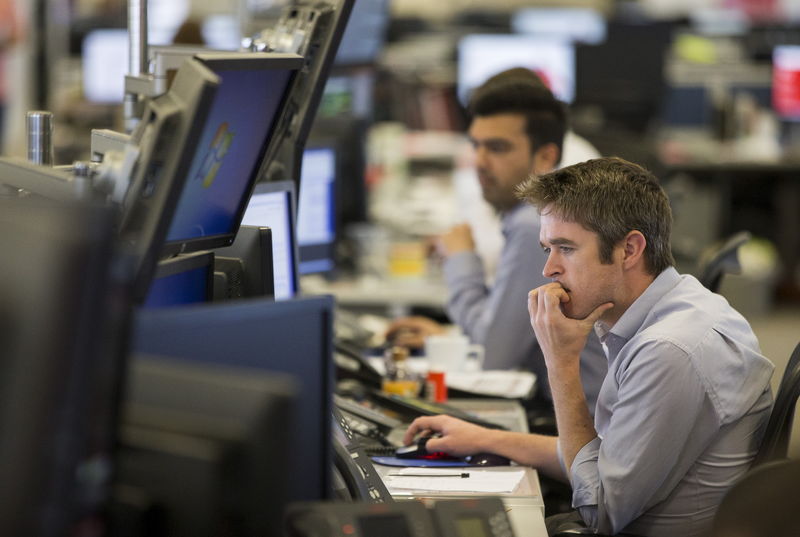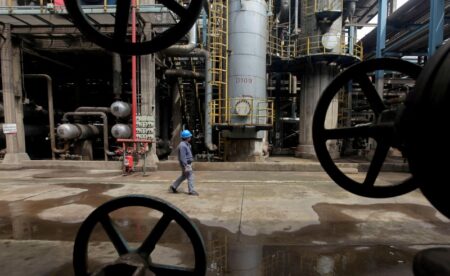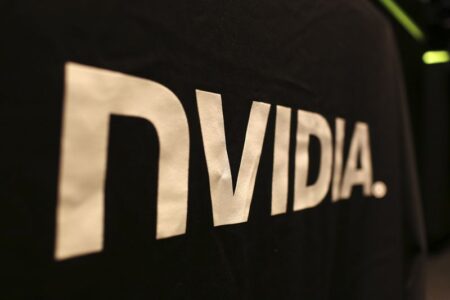The AI bubble is likely to get bigger before deflating, Jefferies analysts said in a recent note.
Since the introduction of ChatGPT, the market capitalization of a select group of 27 large-cap AI stocks has surged by roughly $10 trillion, representing a 127% increase. However, this growth contrasts starkly with the modest 29% increase in their projected net profits for 2025, implying a 73x incremental price-to-earnings (PE) ratio.
Analysts noted that while AI capital expenditures for 2024 and 2025 are expected to remain robust, the stock market has significantly rewarded key players like NVIDIA (NASDAQ:) and its major customers.
NVIDIA’s market cap alone has increased by 656%, while its primary customers, including six cloud service providers (CSPs) and Tesla (NASDAQ:), have seen their market caps double, “which means the stock market also rewarded its customers for investing in AI.”
“This is a major incentive for these customers to continue to invest, at least until 2025,” said the analysts.
Furthermore, these six CSP customers are financially equipped to invest, as they collectively held $108 billion in net cash at the end of 2023 and generated a combined free cash flow (after capex) of $223 billion. However, analysts anticipate that by mid-2025, investors will begin asking these companies tougher questions regarding their monetization roadmap and return on investment (ROI), leading to very low visibility for AI capex in 2026.
Jefferies also points to substantial challenges in AI monetization. They estimate that between 2023 and 2025, the global investment in AI servers, predominantly those using NVIDIA’s data center GPUs, will range from $400 billion to $500 billion.
But, there is still a lack of promising business models or clear monetization strategies from major AI players, the investment bank highlighted. Moreover, the annual power cost to run these GPUs in hyperscale data centers is projected to be around $27 billion at current power tariffs.
“No ASICs and non-NVDA GPUs are counted. We likely need to see >US$100bn incremental AI rev in order to generate a ~10% nominal aftertax ROI,” analysts wrote.
When it comes to valuation, Jefferies’s team believes it is not ‘crazy,’ “especially against the dot-com bubble,” the analysts argue, drawing comparisons to past market bubbles. They point out that while today’s AI stocks are trading at high valuations, they are supported by strong cash flows from core businesses, unlike some of the speculative companies during the dot-com era.
Still, analysts expect the bubble to deflate “if monetization does not come through in 2025/26.”
Read the full article here















